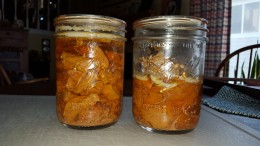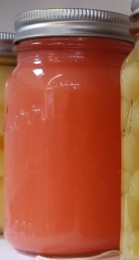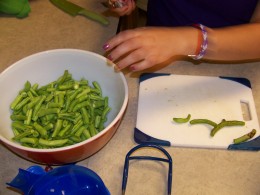 Fall hunting season is quickly approaching! Venison offers variety and an unusual flavor to the fall and winter table. When handled properly it can make an excellent meat. It can be refrigerated or frozen as meat cuts or sausage. It can also be preserved by canning, curing, or drying.
Fall hunting season is quickly approaching! Venison offers variety and an unusual flavor to the fall and winter table. When handled properly it can make an excellent meat. It can be refrigerated or frozen as meat cuts or sausage. It can also be preserved by canning, curing, or drying.
The following resources can help you get your supplies ready and help you decide which method is best for your family.
- Dry Meat Safely at Home
www.bookstore.ksre.ksu.edu/pubs/MF3173.pdf - Resources for Home Preserving Venison
http://nchfp.uga.edu/tips/fall/venison.html - How-to Videos for Canning Meat—Pressure Canning
www.rrc.k-state.edu/preservation/videos.html


